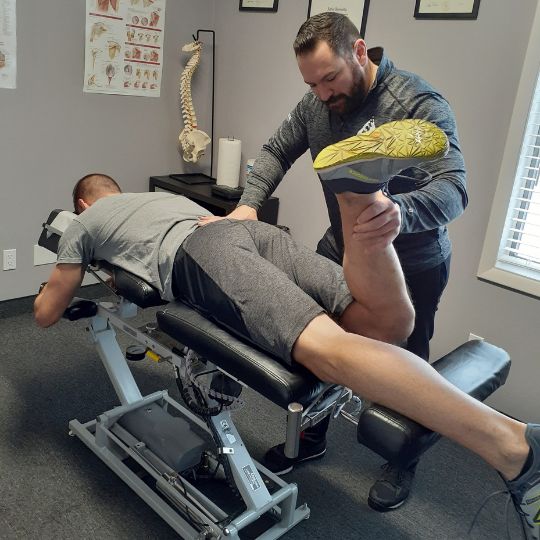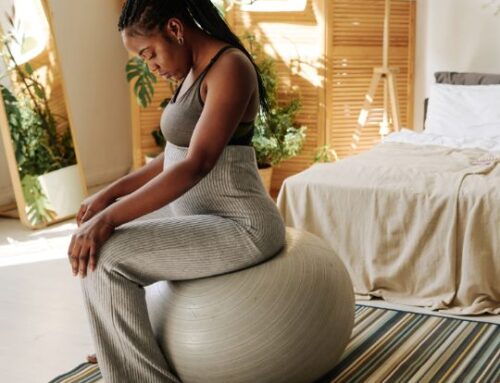Maigne Syndrome is a commonly misunderstood musculoskeletal condition due to it’s misleading symptoms. It can often be overlooked or even misdiagnosed. First defined by French medical doctor, Robert Maigne, the condition is described as pain referred from the thoracolumbar (TL) junction along the bundle of nerves originating in the mid to low back region. It is also known as Thoracolumbar Junction syndrome, Lumbodorsal Syndrome, and Posterior Ramus Syndrome.
Symptoms and Presentation
In this condition, pain can present in the TL Junction, hip crease and groin, gluteal and SI joint regions or the outer thigh. It is often described as deep, aching, nagging or annoying pain. It can also present with unilateral testicular or labial pain or numbness. Surprisingly, back pain is often the secondary region of pain.
Causation and Aggravating Factors
The cause of Maigne Syndrome usually involves activities requiring significant amounts of thoracic rotation. Another potential mechanism is deep hip flexion combined with cervical extension. Very often, desk workers and throwing sport athletes are affected.
Diagnostic Challenges and Differential Diagnosis
One of the key challenges in diagnosing Maigne Syndrome is its resemblance to other conditions. The referred pain can mimic sciatica, lumbar disc herniation, or SI joint dysfunction. Proper diagnosis depends on a thorough clinical examination and patient history assessment. Pain can be reproduced when moving in a way that loads the symptomatic side. So, if a patient has right-sided low back and hip pain, side bending and extending on that side may reproduce their symptoms. These patients can also have hypomobility or a loss of motion in the TL junction during a spine segmental exam. Lastly, these patients usually have tension and tenderness in the muscles in and around the region, including:
- Paraspinal muscles – the three muscle groups that run along the back of the spine used to support your back.
- Quadratus lumborum – the deep abdominal muscles at the back of the abdominal wall used to maintain posture.
- Glutes – made up of the gluteus maximus, gluteus medius, and the gluteus minimus.
Treatment Approaches and Management
Maigne Syndrome can be successfully treated conservatively using a combination of therapies including chiropractic spinal manipulation, massage therapy, physical therapy, and home rehab and exercise. The goal of treatment is to increase mobility, improve motor control, and improve stability in the TL junction region. A few exercises that are effective in increasing mobility include the following:
- Side lying open book
- Banded cat/cow
- Prone press ups
- Half kneeling weighted twist
To improve motor control and stability, the idea is to use anti-extension exercises including:
- Banded hollow rock
- Supine 90/90 Y-Raise
- Tall kneeling overhead press
Maigne Syndrome serves as a reminder that not all pain originates from where it appears. A multidisciplinary approach, accurate diagnosis, and custom treatment plans is key to understanding this condition and providing relief to those who experience its confusing pain patterns and symptoms.





